
Contents:
- How to Varnish an Oil Painting
- Choosing the right varnish
- Solvent-Based vs. water-based varnishes: Key differences
- Spray Varnish: What it is and when to use it
- How many varnish coats does a painting need?
- When to varnish your painting
- Varnish drying times
- Best brushes for varnishing
- How to remove varnish from an oil painting
- Storing and displaying varnished paintings properly
- Glazing vs. varnishing: What’s the difference?
- Two final tips
Using the right varnish, in the right way, is the ultimate way to keep your finished oil paintings looking their best. Not only does varnish protect your artwork from the accumulation of dirt and dust, it also enhances the final look of your masterpiece with a radiant glossy, matt or satin finish.
Over the years, the varnish will act as a shield that prevents dirt and dust from damaging your painting’s surface. When the need arises, the varnish can be easily removed, and your painting can be revarnished, restoring its original brilliance.
How to successfully varnish an oil painting
First, choose a dust-free area where you can keep windows and doors closed. It’s best practice to varnish on a flat table or work surface – avoid working vertically.
Before you start varnishing, gently wipe the surface of the painting with a lint-free cloth to remove dust. Then stir the varnish well and pour it into a clean, flat saucer or tin. Load your brush, then wipe it on the side of the saucer so it’s not dripping.
Using long, smooth brush strokes in one direction, cover the painting in a thin coat, then turn it 90 degrees and use the same long strokes across the wet first coat to ensure an even covering. Make sure to only apply one layer of varnish like this, or the result will be patchy.
Avoid going back over areas that you’ve done. If there are spots you’ve missed, simply allow the piece to dry completely and revarnish.
After you’ve finished, ensure that you shield the work from dust while it dries, using a protective plastic cover known as a tent.
Which varnish should I use for oil painting?
Choosing the right varnish often comes down to personal preference and the final finish you want.
Common varnish types:
-
Dammar Varnish: High-gloss, traditional choice. Use Distilled Turpentine to remove.
-
Gloss Varnish: Enhances deep, bright colours but creates reflections. Requires stronger solvents for removal.
-
Matt Varnish: Reduces glare but dulls colours. Easier to remove.
-
Satin Finish: Can be achieved by mixing gloss and matt varnish 50/50 or using a dedicated satin varnish.
- Retouching Varnish: A temporary gloss coat used for recently completed works. It allows for continued painting and should be followed by a permanent varnish after the painting has fully dried.
What is the difference between solvent-based and water-based varnishes?
This is one of the most common questions, especially for those avoiding brush chemicals.
Solvent-Based Varnishes:
-
Contain synthetic resins dissolved in petroleum solvents (e.g. white spirit)
-
Suitable for both oil and acrylic paintings
-
Require solvent-based cleaners for brushes and varnish removal
-
Examples: Artists' Gloss, Matt, Satin Varnish
Water-Based Varnishes:
-
Made with acrylic resins dissolved in water
-
Ideal for acrylic and water-mixable oil paints
-
Can be cleaned with soap and water
-
Examples: Galeria and Artisan ranges
What is spray varnish and when should I use it?
Spray varnish can be used on oil and acrylic paintings, it dries more quickly than liquid varnish – making it a good option when you need to varnish work swiftly, or can’t protect a painting easily while the varnish is drying.
Aerosol varnishes are also a good choice if your work has a fragile surface that could be damaged by applying varnish with a brush.
If you’ve worked in an impasto style, or with paint that has a rough texture, a spray will help you get an even coating of varnish and avoid the risk of creating bubbles or pools of varnish by applying it with a brush.
How many coats of varnish does a painting need?
The number of coats depends on your chosen varnish and desired finish. For most varnishes:
-
Apply 1–2 coats of matt or satin varnish to avoid cloudiness.
-
Apply up to 3 coats of gloss varnish for added depth.
-
With spray varnish, you can apply up to 50 coats for an ultra-glossy look, though 2–3 is usually sufficient.

When can I varnish my painting?
You’ll need to wait until your painting is completely dry before varnishing it. For oil paintings, this means at least six months, regardless of what medium you’ve added to the colour. You can test whether an oil painting is ready to varnish by dipping a cotton bud in Sansodor and gently rubbing it on an area that’s not too obvious. If no colour transfers to the cotton wool, you can start varnishing.
How long does varnish take to dry?
You should leave varnish to dry for 24 hours before adding another coat.
What kind of brush should I use for varnishing?
Use a flat, wide, soft and tightly packed varnishing brush, such as the Winsor & Newton Monarch Glazing Brush. Keep it clean and use it only for varnishing.
How to remove varnish from an oil painting
It would be a tragedy to damage a valuable painting by trying to remove the varnish if you have not had any experience in varnish removal. The best advice is simply to take it to a conservator.
Solvents:
However, there may be occasions when you feel you can remove the varnish on your own. The best product to use for this is Winsor & Newton Distilled Turpentine.
Dammar varnish can be removed using any of our three oil colour solvents: Distilled Turpentine, Artists’ White Spirit and Sansodor. Distilled Turpentine is recommended, as it has the strongest solvency.
Technique:
Starting in a corner of the painting, dip a lint free cloth into the turpentine and gently rub the surface of the painting. The varnish should come off on the cloth – but remember to keep a close eye on the cloth and stop if you see colour coming off. Working in small squares, make your way across the surface of the painting and try to keep using fresh pieces of cloth, as this will help lift the varnish, rather than simply spreading it about.

How do you properly store or display varnished paintings?
Make sure you keep varnished paintings separately from one another – it’s best to avoid leaning them together, as they may stick to one another. You should also steer clear of touching the varnish or using bubble wrap to cover them, as impressions may show in the varnish.
When displaying varnished paintings, hang them on walls or surfaces away from bathrooms and kitchens, and avoid placing them above radiators or open fires, to avoid getting them dirty too quickly.
Can I paint over varnish?
Although it may be tempting to go back and change a painting once it’s varnished, you should avoid doing so. It would likely disturb both the varnish and the paint beneath it.
What is glazing in painting? How is it different to varnishing?
While varnishing creates a protective layer on a finished painting, glazing is a technique used to unify light and dark tones, and create luminosity. It’s a practice that was pioneered by Old Masters like Van Eyke, Vermeer and Rembrandt.
In glazing, a transparent layer of paint – usually made with a single pigment mixed with a glazing medium – is applied over a painting before the varnishing stage.
Two important things to remember about varnishing oil paintings:
- Don't varnish too early, even the thinnest oil painting should be allowed to dry for 6 months.
- Don't use varnishes as mediums, this would make the painting sensitive to solvent. An attempt to clean it in the future may remove the painting instead.

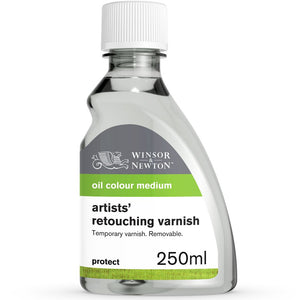
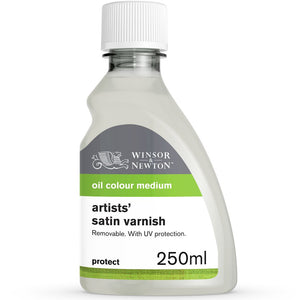
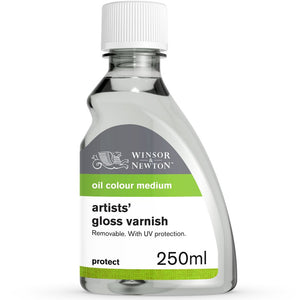
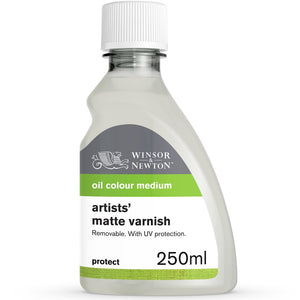
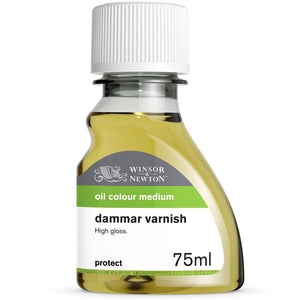
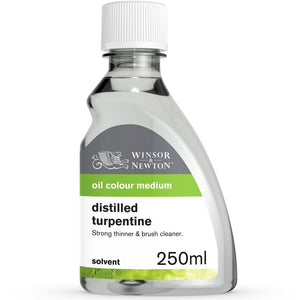
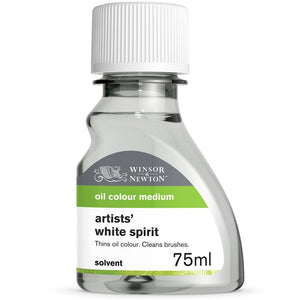
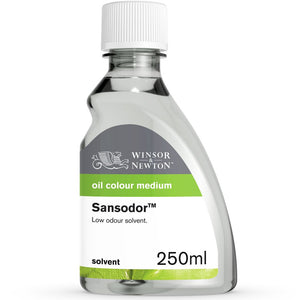
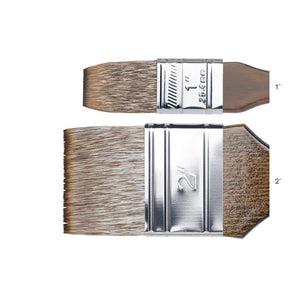

![W&N BLACK FINELINER LS 0.1 [CAP ON]](http://uk.winsornewton.com/cdn/shop/files/64128.jpg?crop=center&v=1736866967&width=20)
![WN COTMAN 8 PC FLORAL POCKET BOX [OPEN WITH STICKER] 884955081129](http://uk.winsornewton.com/cdn/shop/files/132624.jpg?crop=center&v=1761839596&width=20)
![W&N COTMAN WATERCOLOUR 8HP FLORAL POCKET SET [FRONT]](http://uk.winsornewton.com/cdn/shop/files/97499.jpg?crop=center&v=1760698026&width=20)

![WN PROMARKER COOL GREY 3 [COMPOSITE] 884955041406](http://uk.winsornewton.com/cdn/shop/files/77586.jpg?crop=center&v=1741263144&width=20)

![W&N SERIES 7 KOLINSKY SABLE BRUSH ROUND [SHORT HANDLE]](http://uk.winsornewton.com/cdn/shop/files/11424.jpg?crop=center&v=1762864605&width=20)
![W&N GALERIA ACRYLIC TUBE 60ML TITAN WHITE 08 [COMPOSITE] 094376914061](http://uk.winsornewton.com/cdn/shop/files/9396.jpg?crop=center&v=1714072593&width=20)
![W&N GALERIA [SWATCH] TITANIUM WHITE](http://uk.winsornewton.com/cdn/shop/files/3097.jpg?crop=center&v=1714072593&width=20)
![W&N GALERIA CARDBOARD SET 10X12ML 884955097809 [OPEN]](http://uk.winsornewton.com/cdn/shop/files/138856.jpg?crop=center&v=1725031476&width=20)
![W&N GALERIA CARDBOARD SET 10X12ML [B014096] 884955097809 [FOP]](http://uk.winsornewton.com/cdn/shop/files/138855.jpg?crop=center&v=1725031475&width=20)